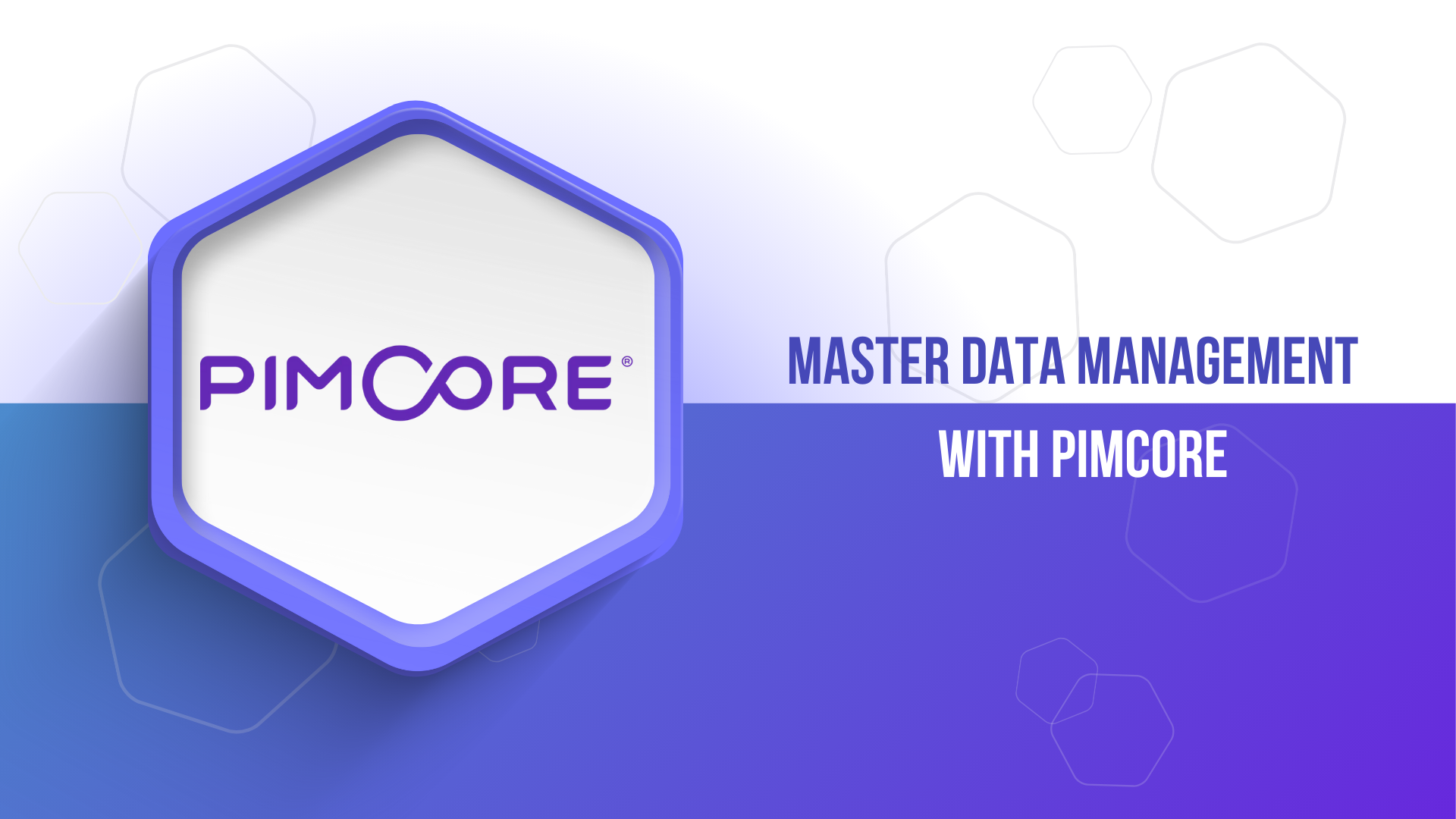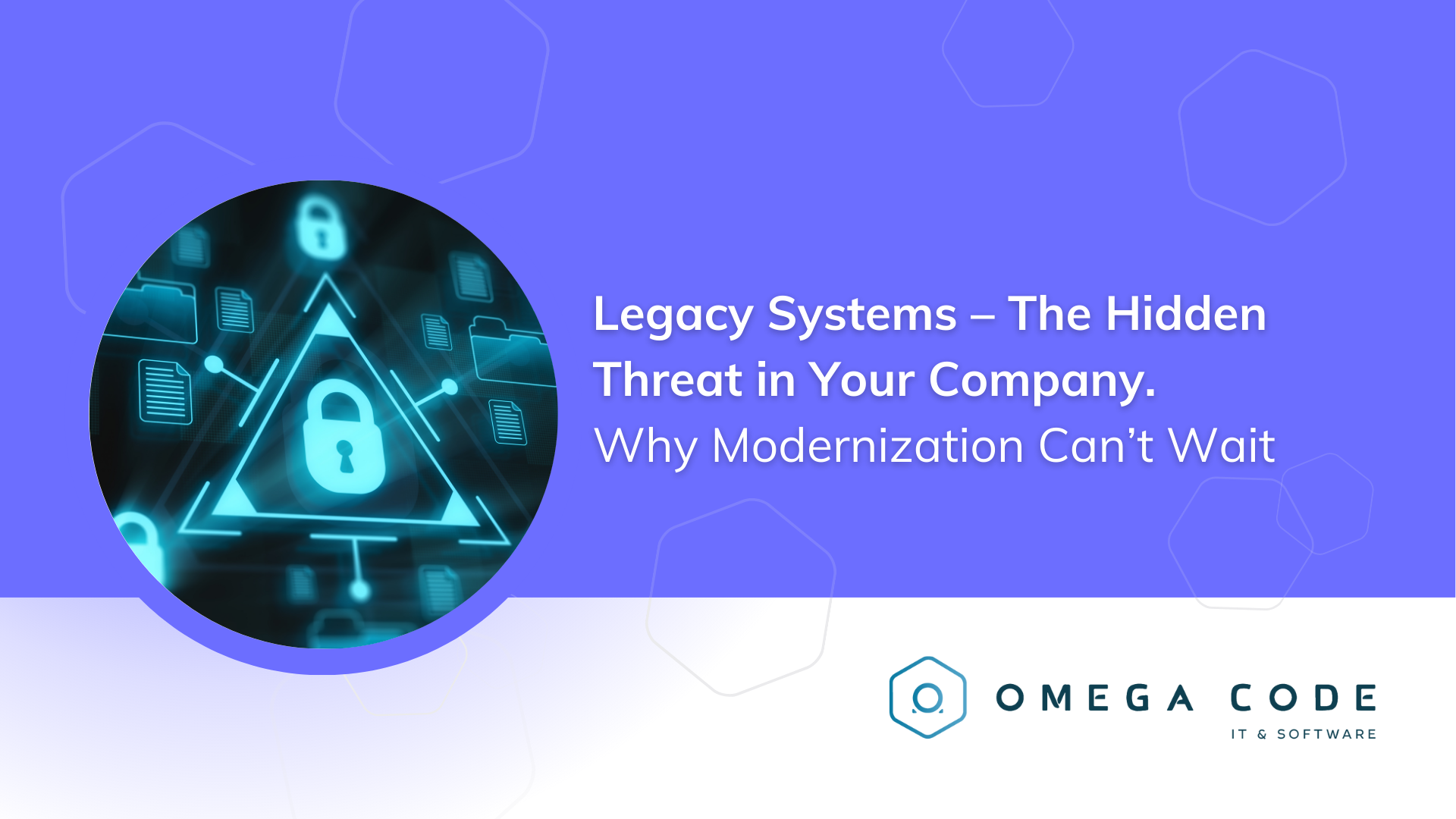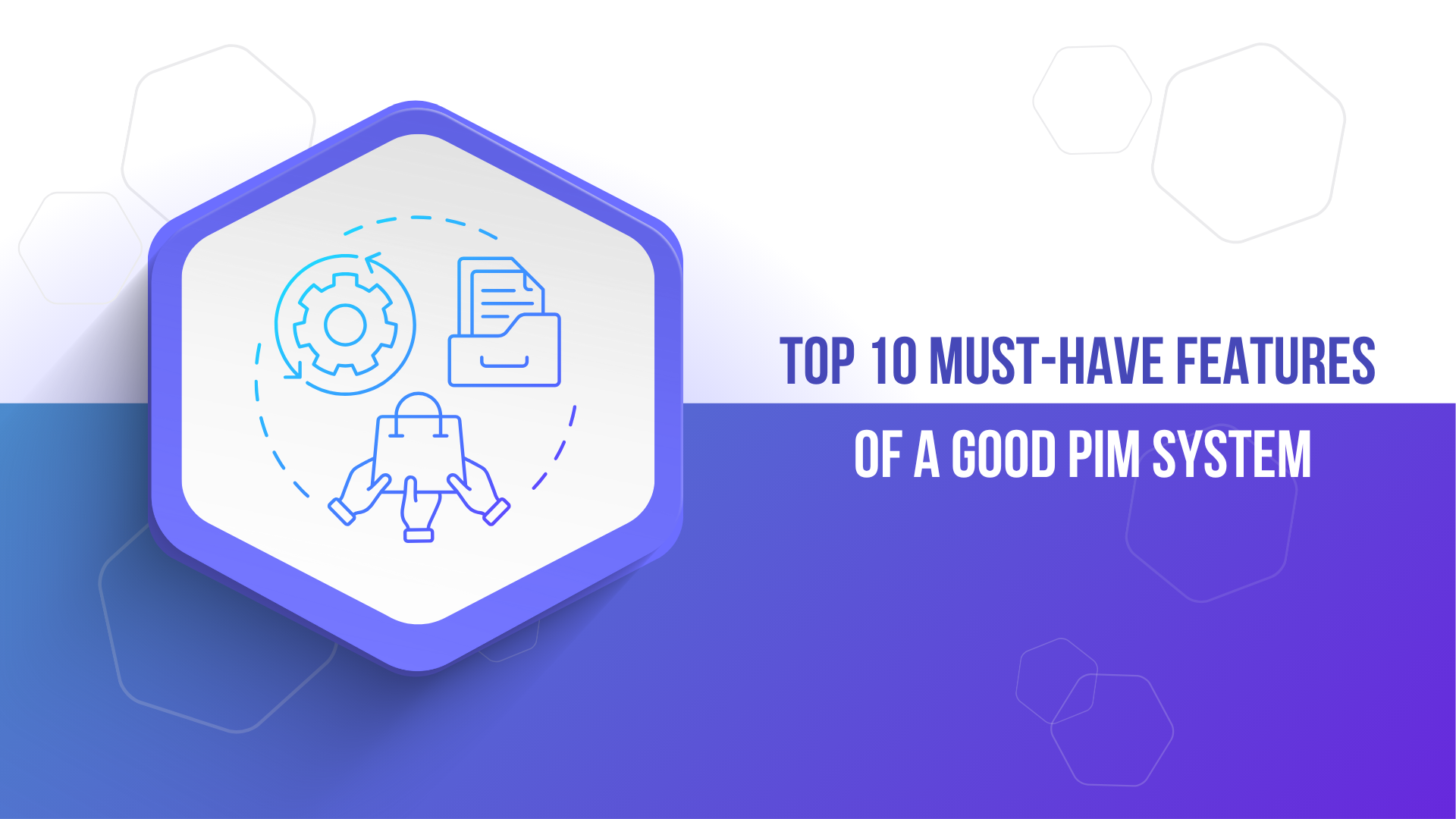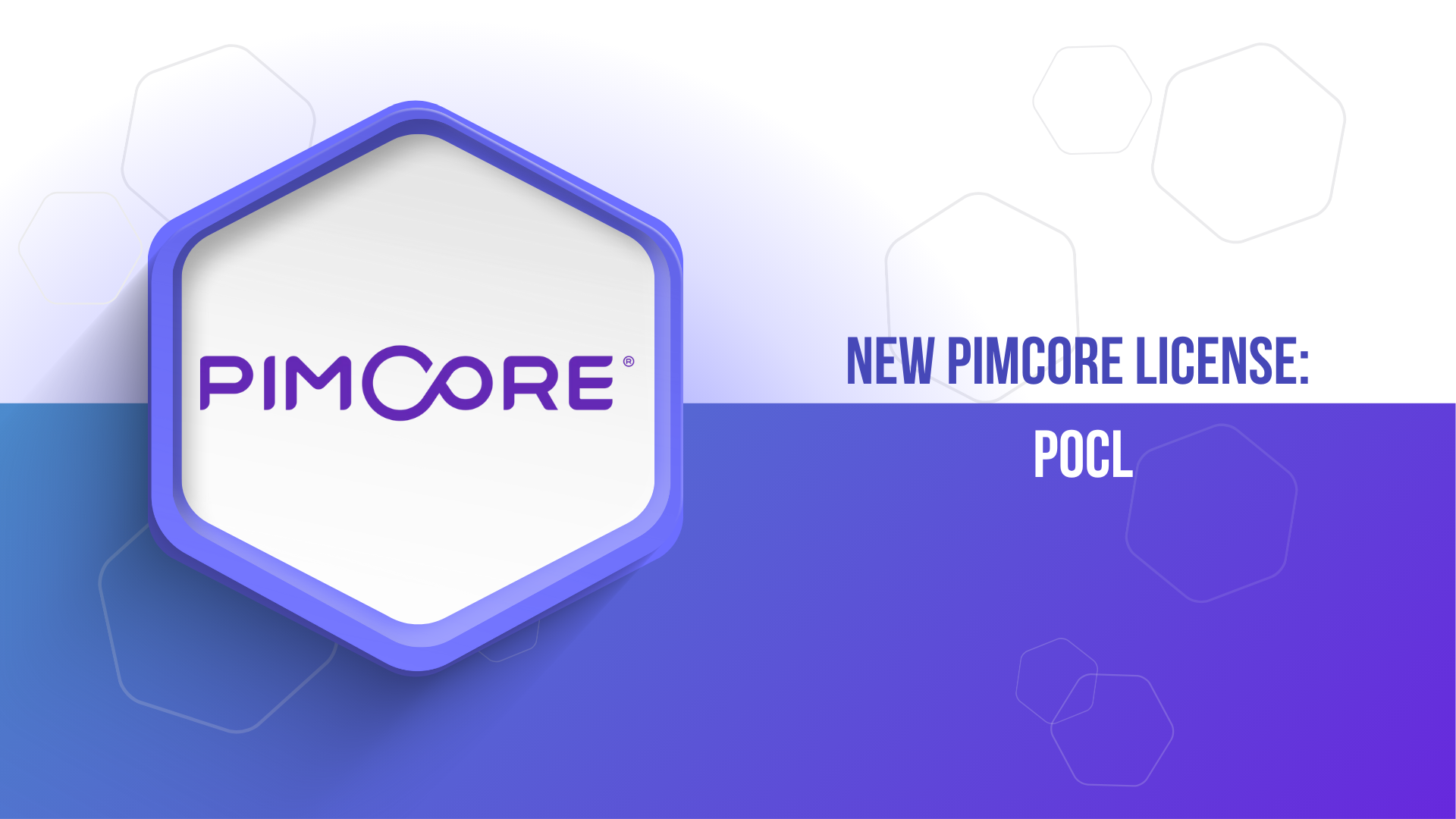How Pimcore Empowers Master Data Management (MDM) – A Complete Business Guide
Discover everything you need to know about implementing Master Data Management (MDM) with Pimcore. This guide covers core features, business benefits, industry use cases, and best practices for Polish business owners looking to centralize and optimize their data.

Comprehensive Guide to Master Data Management (MDM) with Pimcore
Introduction
In today's dynamic business world, effective data management is key to success. Master Data Management (MDM) is a process that allows for the consolidation, organization, and management of a company's key data in a single, consistent system. One of the leading solutions in this field is Pimcore – an open-source platform offering advanced data management tools. In this article, we will explore how Pimcore supports MDM, the benefits it brings to businesses, and how to implement this solution in practice.
Table of Contents
What is Master Data Management (MDM)?
Master Data Management (MDM) is a set of processes, technologies, and tools that enable organizations to create a unified, consistent, and accurate source of reference data such as information about customers, products, suppliers, or locations. The goal of MDM is to ensure that all systems in the organization use the same, up-to-date, and correct data, leading to better coordination and more accurate decision-making.
The importance of MDM in modern business
In the digital age, where data is one of the most valuable assets of an organization, effective data management becomes crucial. MDM helps eliminate data silos, reduce errors caused by inconsistencies, and increase operational efficiency. As a result, companies can better understand their customers, optimize business processes, and respond faster to changing market conditions.
Overview of the Pimcore platform
Pimcore is an advanced open-source platform that integrates various aspects of data and digital experience management. It offers modules such as Product Information Management (PIM), Digital Asset Management (DAM), Customer Data Platform (CDP), and Master Data Management (MDM). Thanks to its flexibility and scalability, Pimcore is used by enterprises worldwide to centralize and optimize data management.
MDM features in Pimcore
Multi-domain data management
Pimcore enables the management of various data domains, such as product, customer, supplier, or location data, within a single platform. This allows organizations to consolidate data from different business areas, creating a single source of truth.
Data modeling
The platform offers flexible and scalable data models, allowing the data structure to be tailored to the specific needs of the company. With over 45 configurable data components, users can create complex data relationships in an intuitive interface without coding.
Data quality and consistency
Pimcore provides tools for data quality management, enabling validation, cleaning, and enrichment of information. These features help maintain high-quality data, which is crucial for making accurate business decisions.
System integration
Thanks to its open architecture, Pimcore allows easy integration with existing enterprise systems such as ERP, CRM, or e-commerce platforms. This enables seamless data flow between various applications and systems.
Benefits of implementing Pimcore MDM
Data centralization
Consolidating data in one place eliminates information silos, making it easier to access information and coordinate activities across the organization.
Increased operational efficiency
Automating data management processes reduces the time and costs associated with manual information processing, leading to increased operational efficiency.
Improved customer experiences
With consistent and accurate data, companies can better understand customer needs and provide more personalized offers, resulting in higher satisfaction and loyalty.
Pimcore MDM use cases
Retail
Centralizing information about products, prices, and promotions enables consistent management of the offer across various sales channels, which is essential for an omnichannel strategy.
Manufacturing
Managing data on components, suppliers, and production processes allows for supply chain optimization and increased production efficiency.
Healthcare
Integrating patient data, medical staff, and hospital resources supports better facility management and improves the quality of patient care.
Implementing Pimcore MDM in an organization
Planning and needs analysis
Identifying business goals and data management requirements is the first step in the implementation process. It allows the solution to be tailored to the organization's specific needs.
Data model design
Developing a data structure that reflects real business processes and data relationships is key to effective information management.
Data migration and integration
Transferring existing data to the new system and integrating Pimcore with other applications ensures consistency and operational continuity.
Team training and change management
Preparing employees to use the new system and managing the organizational change process are essential for fully leveraging the potential of Pimcore MDM.
Best practices for data management with Pimcore
-
Regular data quality audits: Periodically checking and improving data quality ensures its accuracy and relevance.
-
Clear data governance processes: Defining responsibilities, update frequencies, and data approval rules is essential.
-
Access control: Detailed user permission management reduces the risk of errors and unauthorized changes.
-
Automated data validation: Validation rules can detect incorrect or incomplete data before it is published.
Challenges and solutions in MDM
Lack of team engagement
Solution: Involve key stakeholders early and demonstrate the business value and ROI of MDM.
Poor data quality
Solution: Conduct a pre-implementation data audit and plan for data cleansing.
Integration difficulties
Solution: Use an open platform like Pimcore with APIs and support for formats like CSV, XML, JSON, REST, GraphQL.
The future of MDM and the role of Pimcore
MDM is becoming increasingly important in the age of AI, e-commerce, and the Internet of Things (IoT). More companies will adopt platforms like Pimcore to manage growing data volumes. Future trends include:
-
Integration with AI/ML tools
-
Automatic data enrichment from external sources
-
Real-time customer experience personalization
Quick Takeaways
-
Pimcore is a powerful, flexible open-source platform for Master Data Management (MDM).
-
MDM ensures data consistency, accuracy, and centralization.
-
Pimcore supports multiple data domains and integrates with ERP, CRM, e-commerce systems.
-
Implementation boosts operational efficiency and customer satisfaction.
-
The future of MDM lies in automation and AI integration.
Conclusion
Data management has become an essential part of modern business strategy. In the digital age, tools like Pimcore not only help organize data but also turn it into a strategic asset. With MDM features, your company can better understand customers, shorten operations, and gain a competitive edge.
If you're ready to implement Pimcore in your organization or need support in data management – reach out to our team of experts.
Ready for digital transformation with Pimcore? Take the first step today!
Frequently Asked Questions (FAQ)
1. What is MDM in Pimcore?
It's a module for managing master data (customers, products, suppliers) that centralizes and organizes data within one platform.
2. Is Pimcore suitable for small businesses?
Yes, Pimcore is scalable and used by both small companies and global enterprises.
3. How long does it take to implement Pimcore MDM?
On average, from several weeks to several months depending on data complexity and integrations.
4. Does Pimcore support the Polish language?
Yes, Pimcore's interface can be localized and adapted to Polish business needs.
5. What kind of data can I store in Pimcore MDM?
Product data, customer data, locations, partners, organizational structures, and more – full flexibility.





